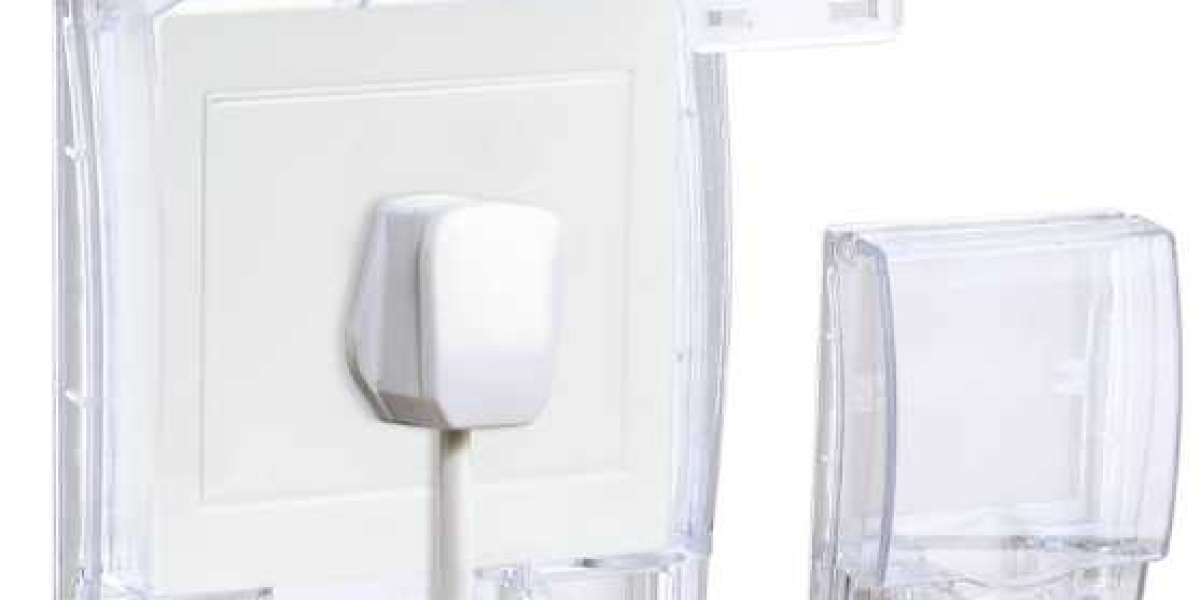Introduction
Fensa, short for the Fenestration Self-Assessment Scheme, is a pivotal organization in the UK that plays a significant role in the fenestration industry. Established in 2002, Fensa was created to ensure that the installation of windows and doors complies with building regulations, ultimately enhancing the safety, energy efficiency, and aesthetic quality of residential and commercial properties. This report delves into the origins, functions, benefits, challenges, and future prospects of Fensa, providing a comprehensive overview of its impact on the fenestration sector.
Origins and Development
The inception of Fensa was a response to the growing need for quality assurance in the installation of windows and doors. Before its establishment, there was a lack of consistency and accountability in the fenestration industry, leading to concerns about safety and compliance with building regulations. Fensa was launched to provide a self-regulation framework for installers, allowing them to demonstrate their compliance and commitment to high standards.
Over the years, Fensa has evolved to meet the changing needs of the industry. It has expanded its scope to include various types of installations, such as roof windows, bi-fold doors, and conservatories. The organization has also adapted its standards to align with advancements in technology and changes in building regulations, ensuring that it remains relevant and effective in promoting high-quality installations.
Functions of Fensa
Fensa's primary function is to provide a self-assessment scheme for installers of windows and doors. This scheme allows companies to self-certify their installations, ensuring compliance with building regulations without the need for local authority inspections. The key functions of Fensa include:
- Certification and Registration: Fensa certifies installers who meet its stringent criteria, allowing them to register with the scheme. This certification is a mark of quality and compliance, providing consumers with confidence in the services offered by registered installers.
- Training and Support: Fensa offers training programs and resources for installers to ensure they are well-versed in current regulations and best practices. This continuous professional development helps maintain high standards within the industry.
- Monitoring and Compliance: Fensa conducts regular audits and inspections of registered installers to ensure ongoing compliance with its standards. This monitoring process helps to identify and address any issues that may arise, promoting accountability within the industry.
- Consumer Protection: Fensa provides a framework for consumer protection by ensuring that installations meet safety and performance standards. In the event of disputes, Fensa offers a complaints resolution service, helping to mediate between consumers and installers.
- Advocacy and Representation: Fensa represents the interests of its members and the fenestration industry as a whole. It engages with government bodies, industry stakeholders, and regulatory agencies to advocate for policies that benefit the sector and promote high standards.
Benefits of Fensa
The establishment of Fensa has brought numerous benefits to the fenestration industry, consumers, and the broader construction sector. Some of the key advantages include:
- Improved Quality and Safety: By promoting self-assessment and compliance with building regulations, Fensa has contributed to improved quality and safety in window and door installations. This has reduced the risk of accidents and failures associated with substandard work.
- Consumer Confidence: The Fensa certification mark provides consumers with assurance that their chosen installer meets high standards of quality and compliance. This confidence is crucial in a market where consumers are often uncertain about the qualifications of contractors.
- Streamlined Processes: The self-certification process simplifies the installation process for both installers and consumers. It reduces the administrative burden associated with obtaining local authority approvals, allowing for faster project completion.
- Professional Development: Fensa’s training programs help installers stay up-to-date with the latest industry trends and regulatory changes. This professional development enhances the skills and knowledge of the workforce, ultimately benefiting the industry as a whole.
- Environmental Impact: Fensa promotes energy-efficient installations that contribute to reduced energy consumption and lower carbon emissions. By encouraging the use of modern materials and technologies, Fensa supports the construction of more sustainable buildings.
Challenges Faced by Fensa
Despite its successes, Fensa faces several challenges that could impact its effectiveness and reputation. These include:
- Market Competition: The fenestration industry is highly competitive, with numerous companies vying for market share. Some installers may choose not to register with Fensa, opting instead for alternative schemes or self-certification, which can undermine the organization’s authority.
- Compliance Issues: Ensuring that all registered installers maintain compliance with Fensa standards is an ongoing challenge. Instances of non-compliance can damage the organization’s reputation and erode consumer trust.
- Changing Regulations: The construction industry is subject to frequent changes in regulations and standards. Fensa must continuously adapt its guidelines to remain relevant, requiring ongoing investment in training and resources.
- Consumer Awareness: While Fensa has made strides in promoting its certification mark, consumer awareness remains a challenge. Many homeowners may not understand the significance of the Fensa mark, potentially leading them to choose unregistered installers.
Future Prospects
Looking ahead, Fensa has the opportunity to further strengthen its position within the fenestration industry. Key areas for future development include:
- Enhanced Marketing and Awareness: Increasing consumer awareness of the Fensa certification mark can drive more homeowners to choose registered installers. Targeted marketing campaigns and educational initiatives can help promote the benefits of Fensa certification.
- Collaboration with Industry Stakeholders: Fensa can enhance its influence by collaborating with other industry organizations, trade bodies, and government agencies. By working together, these stakeholders can promote higher standards and advocate for policies that benefit the fenestration sector.
- Embracing Technology: The integration of technology into the self-assessment process can streamline operations and improve compliance monitoring. Fensa can explore digital tools and platforms to enhance its services and support for installers.
- Expanding Training Programs: As the industry evolves, Fensa can expand its training offerings to cover emerging technologies and practices. This will ensure that installers are equipped with the knowledge and skills needed to meet future demands.
Conclusion
Fensa has established itself as a cornerstone of the fenestration industry in the UK, promoting quality, safety, and consumer confidence in Window Installation and door installations. While it faces challenges, the organization’s commitment to continuous improvement and adaptation positions it well for the future. By focusing on consumer awareness, collaboration, and technological advancements, Fensa can continue to play a vital role in shaping the fenestration industry and ensuring high standards for years to come.











